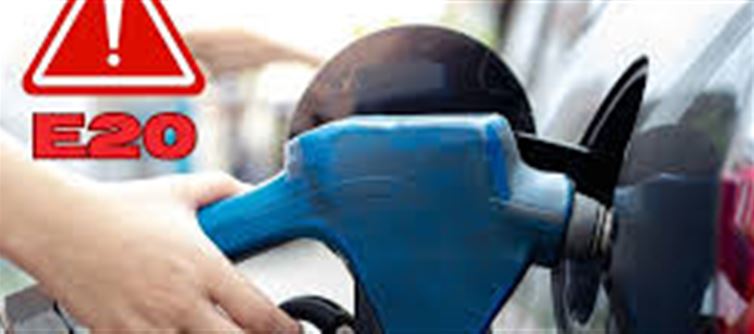
With the government rolling out e20 petrol across india, many vehicle owners are wondering: “if my engine gets damaged due to e20 fuel, will my insurance cover it?” Let’s break down the rules and what you need to know.
🔍 1. What is e20 petrol?
E20 petrol is petrol blended with 20% ethanol
It is eco-friendly and reduces carbon emissions
Designed for modern vehicles, but older engines may face compatibility issues
While it helps the environment, vehicle owners have concerns about engine performance and insurance coverage.
⚠️ 2. Insurance coverage rules
Comprehensive car insurance covers accidental damage but usually excludes fuel-related damages if not caused by negligence
Engine damage caused specifically by using an incompatible fuel may not be covered
Insurers may require proof that standard petrol or recommended fuel was used
📝 3. Steps to ensure coverage
Check your policy terms for fuel-related exclusions
Use manufacturer-recommended fuels to avoid disputes
Maintain fuel receipts in case the insurer asks for evidence
Consult your insurance provider before switching to e20 petrol
Being proactive helps avoid rejection of claims in case of engine issues.
⚡ 4. Who might be at risk?
Owners of older vehicles not compatible with ethanol blends
Cars with high mileage or worn-out engines
Vehicles not serviced regularly, as ethanol may accelerate wear in weak engine parts
Modern vehicles manufactured after 2019 are generally designed to handle e20 petrol, reducing the risk of damage.
💡 5. Key takeaways
Comprehensive insurance may not automatically cover engine damage due to e20 petrol
Always follow manufacturer guidelines on fuel types
Keep documentation and receipts for proof of fuel usage
Check with your insurance company for any specific e20 petrol clauses
Switching to e20 petrol is part of india’s eco-friendly initiatives, but vehicle owners must be aware of insurance rules and engine compatibility. Proper precautions can help avoid denied claims and unexpected repair costs.
Disclaimer:
The views and opinions expressed in this article are those of the author and do not necessarily reflect the official policy or position of any agency, organization, employer, or company. All information provided is for general informational purposes only. While every effort has been made to ensure accuracy, we make no representations or warranties of any kind, express or implied, about the completeness, reliability, or suitability of the information contained herein. Readers are advised to verify facts and seek professional advice where necessary. Any reliance placed on such information is strictly at the reader’s own risk.
.jpg)




 click and follow Indiaherald WhatsApp channel
click and follow Indiaherald WhatsApp channel